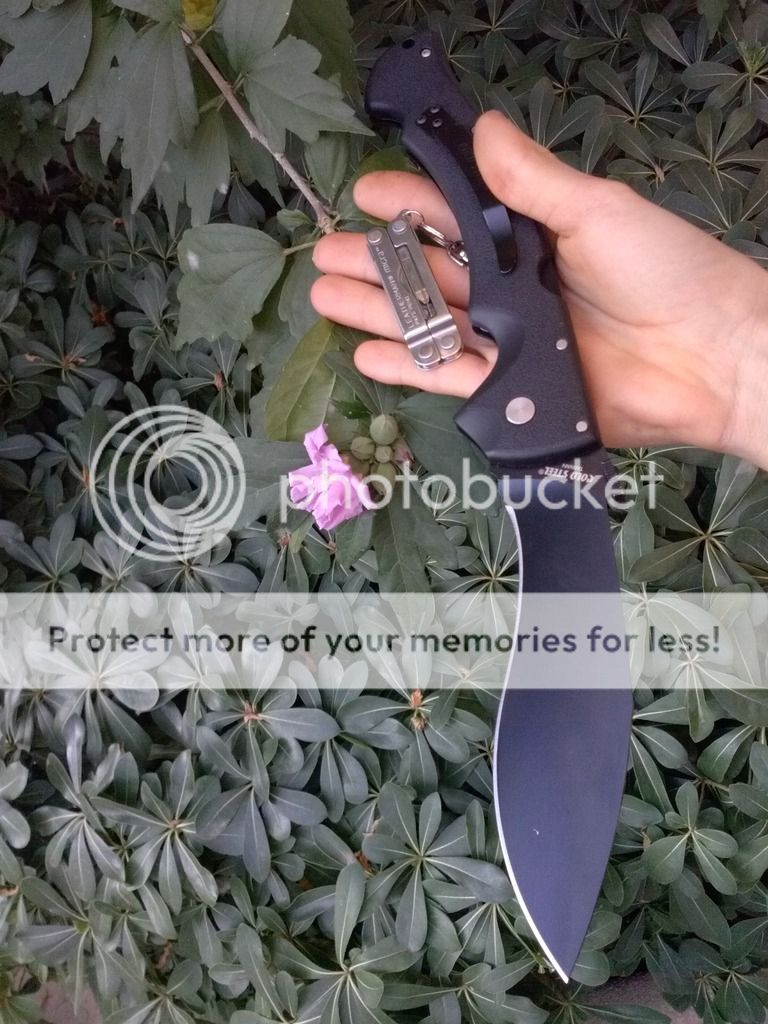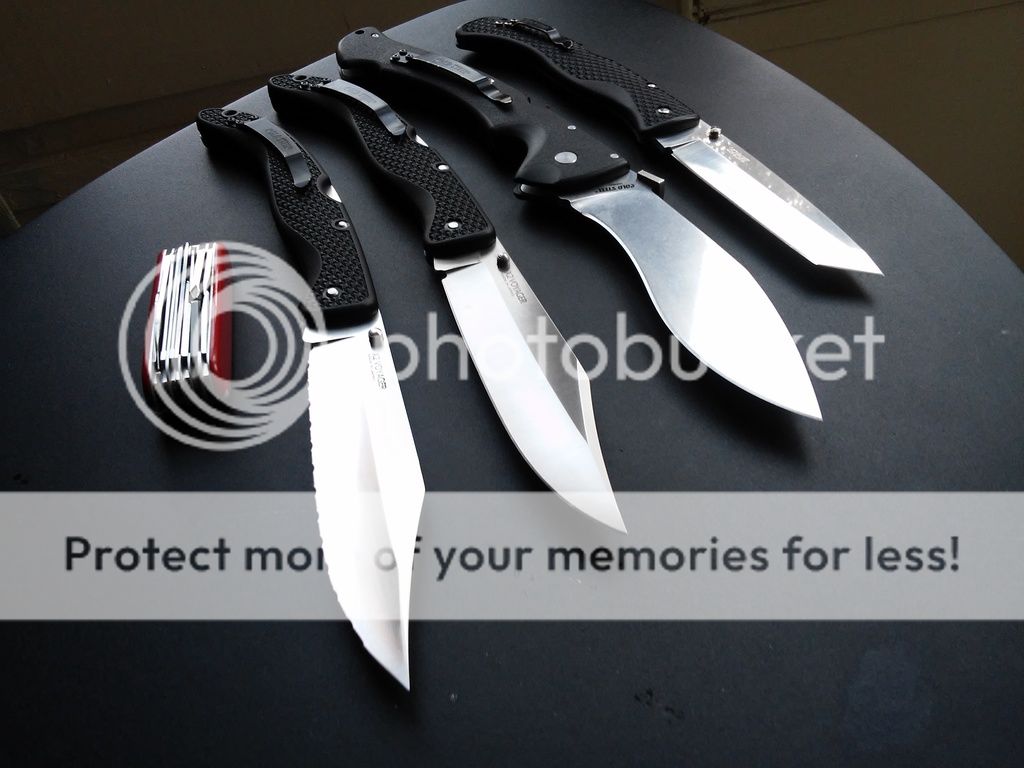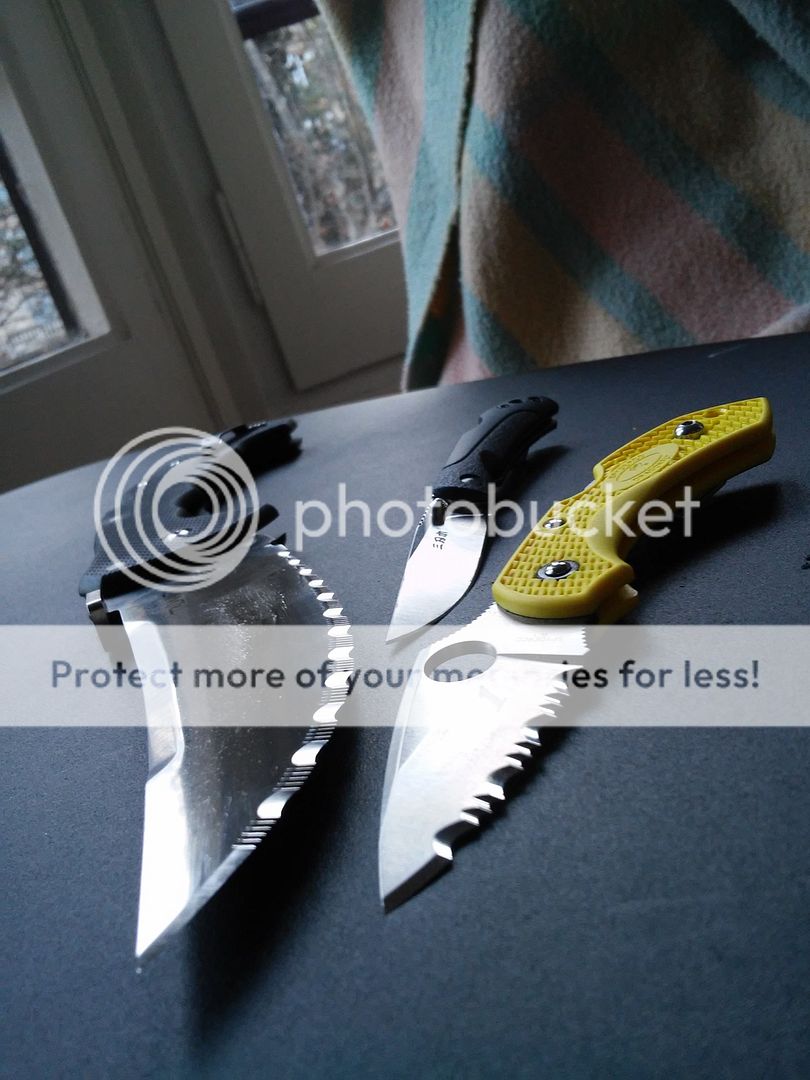I think it has much to do with marketing, and a little bit with engineering. In the old days a locking knife blade was hard to make, and hard to make reliable, and hard to make affordably enough to make them practical for mass production. If you wanted a real hard-use knife you got a fixed blade, whether it be for hunting (gutting, field dressing, butchering, administering a coup-de-grace to a wounded animal) or self-defense/combat. Folding pocketknives were for more mundane cutting where you didn't really need a locked blade, because peeling an apple, whittling a stick, or cutting a steak were not things that were likely to cause the blade to fold on you. By-and-large nobody had locks and nobody had ever had locks, you just learned to use your folding knife properly, whether you were a WW2 GI or a French peasant in the year 1700.
Then Buck introduced the 110, soldiers in Vietnam discovered that not only were they pretty good hunting knives and capable of other pocketknife tasks, but they were also combat-capable.
Various companies, including Spyderco and others, perfected the various locking mechanisms and began marketing these knives aggressively, and their marketing was fueled by good profit margins, because a modern flipper is a lot easier to mass-produce, more cheaply, than the relatively labor intensive traditional slipjoint, which requires a lot more finesse to make in a way that feels high quality.
Fast, one handed opening with a lock, and made from some new, stainless super-steel sounds a lot more interesting for the same price than some relatively cheap-feeling Case with a lot of obvious QC issues, so over the course of the 80s and 90s, the new knives took over the market, especially with younger folks who are more apt to go for knives sold with an angle of tacticool, indestructible, etc.
Of course, nowadays we typically don't have to cut half of what grandpa did on a daily basis, so we don't usually notice the fact that the modern knives with their fat blade stock for batonning or using as a prybar, or aceing those marketing torture tests, frankly suck for a lot of cutting tasks, compared with grandpa's old Case. But either is equally good for cutting a thread on your shirt, or opening a box, or plastic bubble packaging. So today it's all a matter of personal preference, whether you like the idea of a bulletproof Spyderco, or the silky feel of a Sebenza, or the studied elegance of a stag trapper slipjoint. But the marketing wave heavily favors the former these days.









